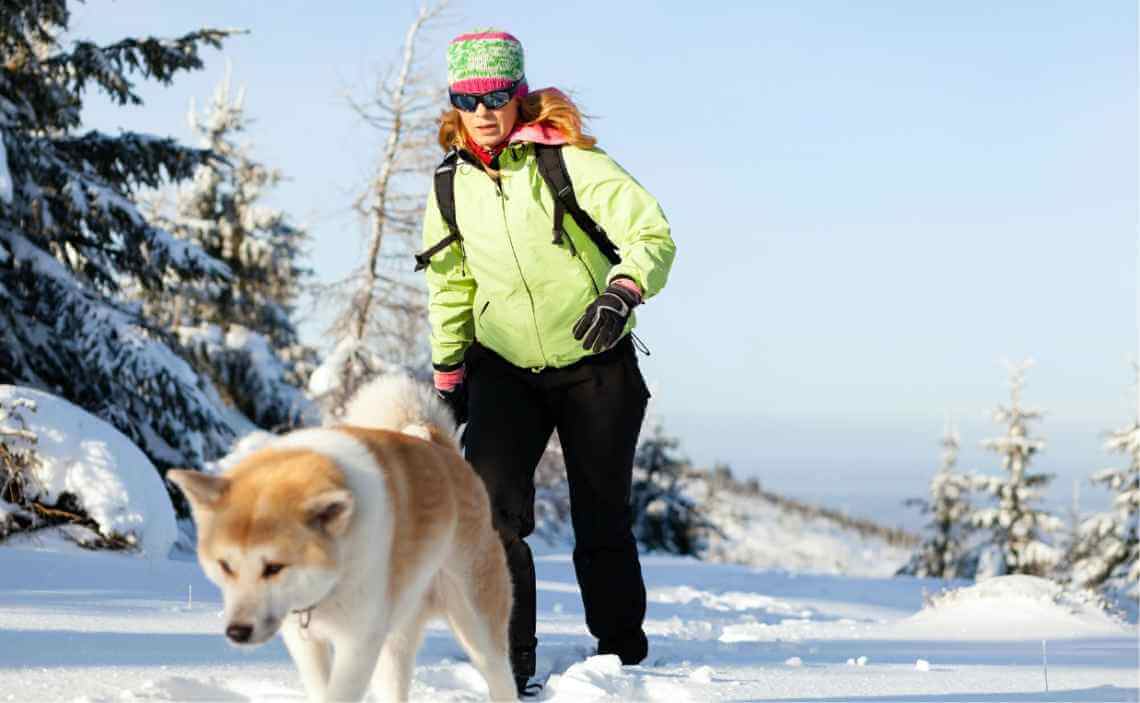
Hiking with your dog in winter is one of the most popular outdoor activities in Colorado, and for good reason. Colorado offers some of the most spectacular and diverse hiking in the country, including trails near Colorado Springs.
Winter in Colorado often brings snow and cold temperatures – but that’s no reason to stay inside. Those stunning snow-capped views are always worth the trek, no matter what the temperature. Put on your winter hiking gear, pack up your provisions and make sure you have what you need for your dog before you hit those snowy trails.
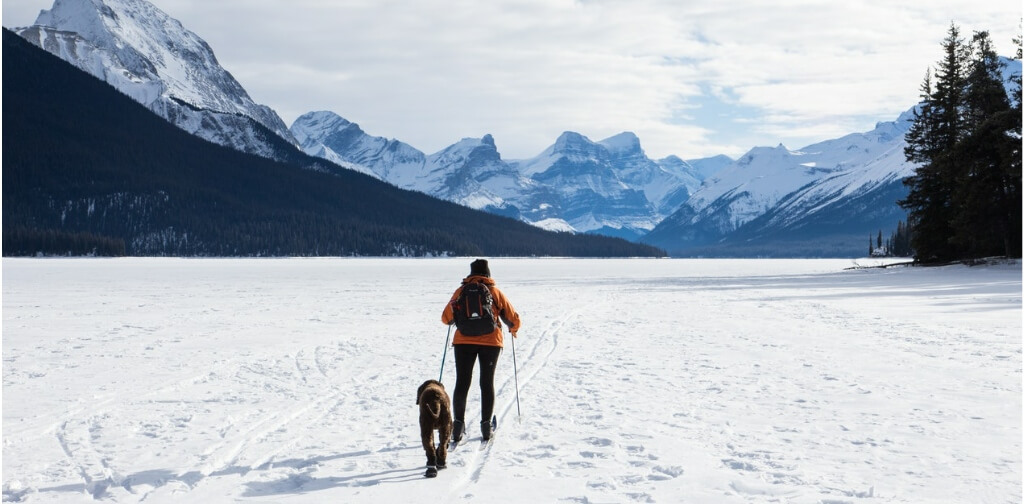
Here are 7 tips to help you keep your dog safe and comfortable while walking or hiking, whether you’re summiting mountains, snowshoeing through a meadow or trudging over slushy trails in the city.
-
Hike on dog-friendly trails
For your winter hikes, pick a trail that is dog-friendly. When you first get started, try a trail that doesn’t have too much snow on it. If the snow gets too deep, you can always turn back. For ideas of where to hike, check out our guide 35 Best Dog-Friendly Hiking Trails in Colorado Springs.
-
Pay attention to how long you’re out
If your dog is used to short hikes or walks, start with a short winter hike. You can always build up to a longer trip once your dog gets used to the conditions. If the temperature is below freezing, most dogs should not be out for more than 10-15 minutes. If the temperature is above freezing, you can go for a longer hike, like 30-45 minutes. If your dog has a thick coat and can tolerate the cold for a longer period of time, consider extending the length of your hike. On longer hikes, don’t forget to take frequent breaks.
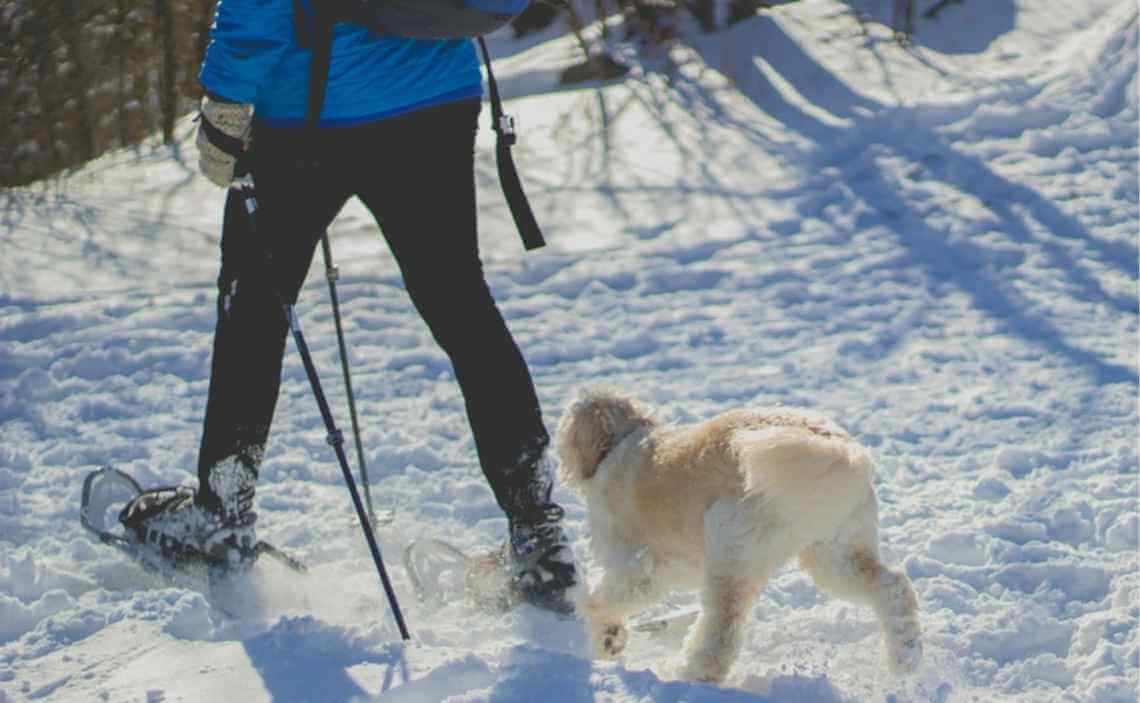
-
Recognize signs your dog is cold
Dogs can get frostbite and hypothermia just like people. Short-haired dogs, puppies and senior dogs are more susceptible to cold weather. Here are signs your dog might be too cold while you’re on a hike in the winter:
- Your dog whines or barks for seemingly no reason
- Your dog indicates he or she constantly wants to stop
- Your dog is noticeably shivering
- Your dog gets anxious and starts looking for shelter
- If your dog has very cold paws, nose, ears or tip of the tail, or you see discoloration in those areas, it could indicate an early sign of frostbite (see #7 below)
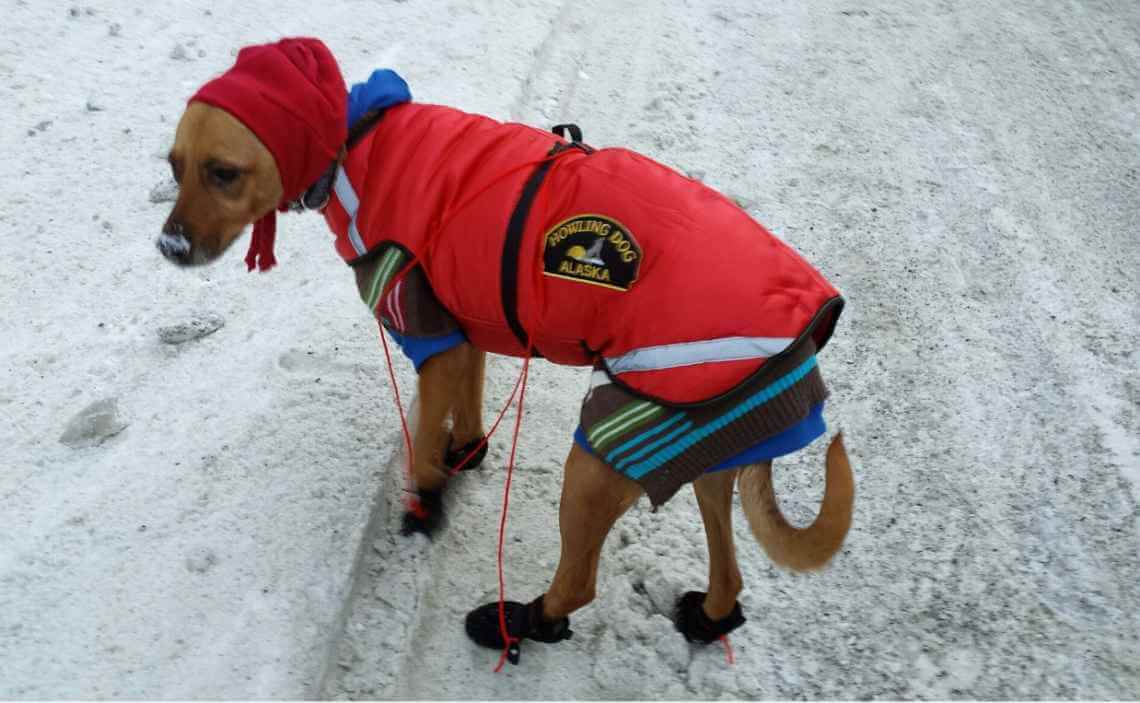
-
Protect your dog’s paws
You might have seen dogs wearing boots and wondered if your dog needs them too. They may seem silly at first, but they do serve a purpose. Especially when your dog has long hair around their paws, snow can get stuck between the pads and cause extreme irritation. Also, paw pads have been known to stick to ice, just like if you place your tongue on an ice cube, causing cracked paw pads.
Some dogs have extra-sensitive paw pads. For them, boots are essential, not just a fashion statement.
Exposure to ice, deicers and other chemicals can leave your dog’s paws cracked and bleeding. Learn how to treat your dog’s cracked paw pads here…
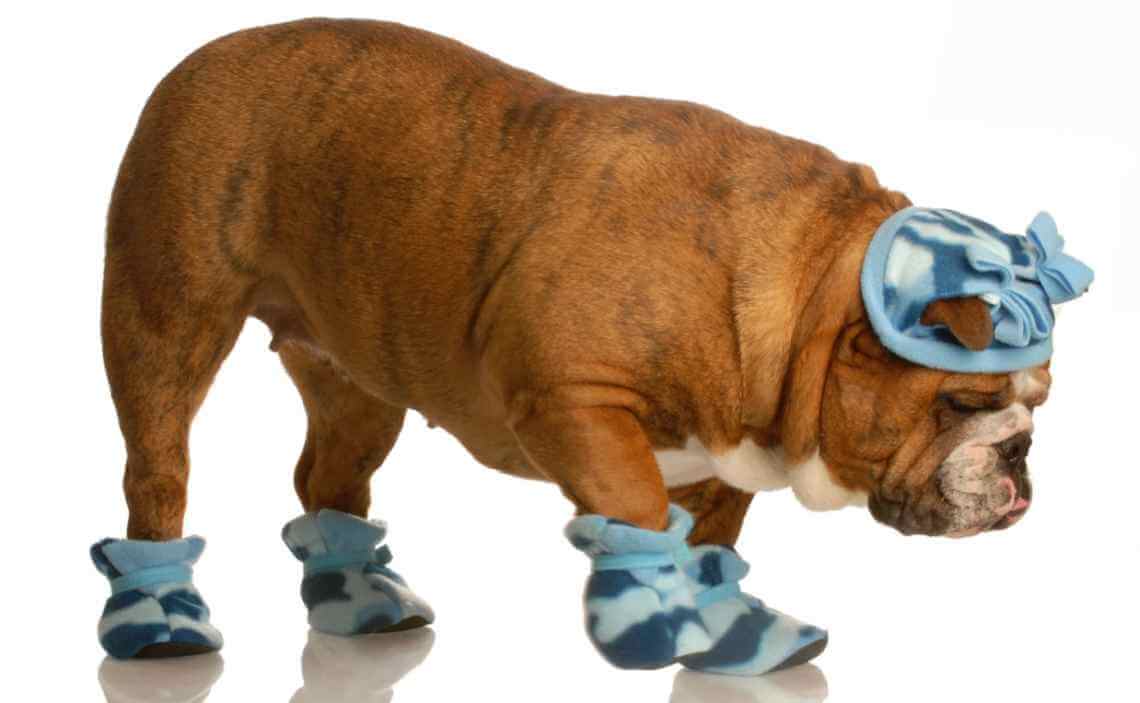
These Ruffwear Grip Trex boots are easy to put on and take off, and they tend to stay on better than most. If your pup walks funny at first don’t worry – he or she will get used to them.
If you opt for no boots, just make sure you check for ice balls between the pads – those can hurt!
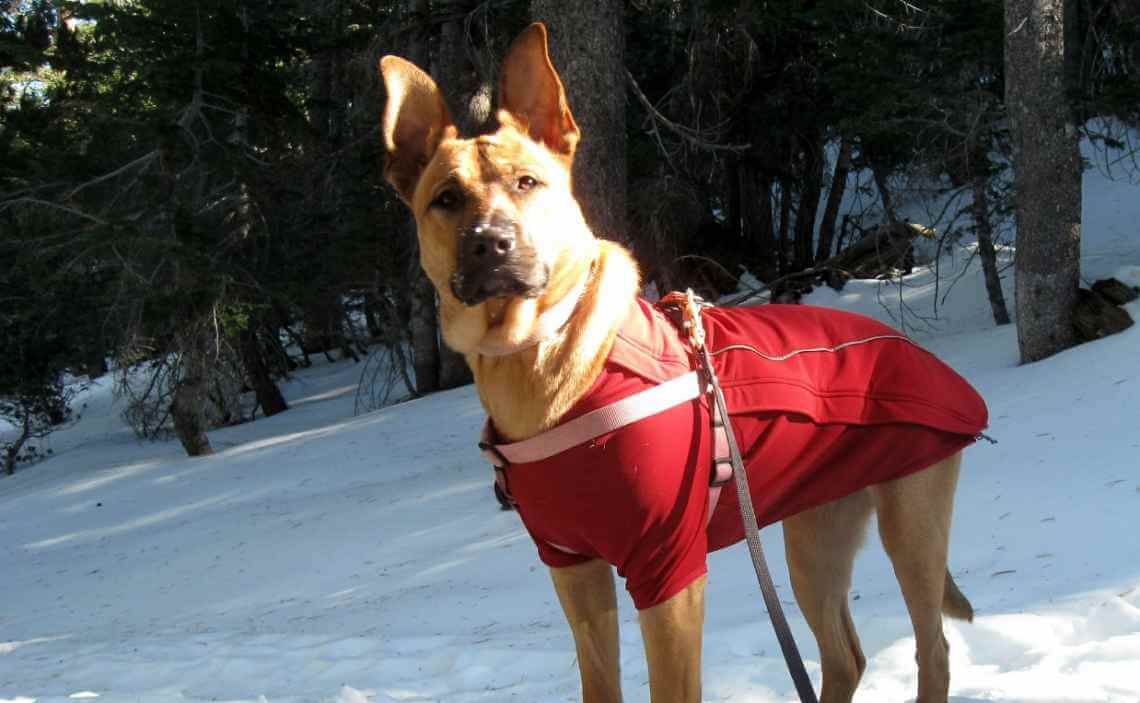
-
Keep your dog warm
Dog sweaters and jackets can help keep short-haired dogs warm in cold temperatures. But don’t put them on larger dogs with dense fur because their coat is protective enough. Make sure the coat or sweater doesn’t drag on the ground, fits snugly but isn’t too tight, and doesn’t have any parts that can be chewed off (zippers, hooks, buttons, tags, etc.). Make sure your dog’s legs are free to move; if possible, take your dog to the store to try the coat or sweater on before you buy it.
A word of caution: if the sweater or coat gets wet, you should remove it. You don’t want your dog outside in the cold with a wet piece of clothing on.
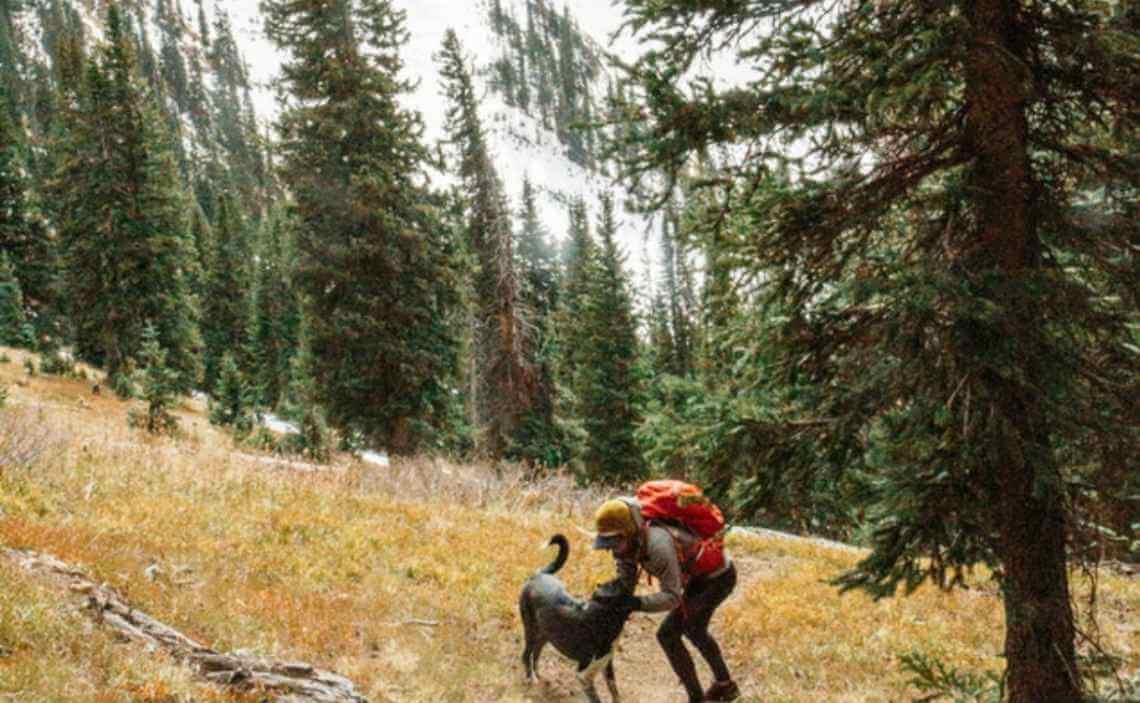
-
Bring water and snacks – for you and your dog
Make sure you bring enough food and water for everyone, including your dog. Winter exercise can be exhausting, especially if you’re hiking with your dog in winter in deep snow. Watch for signs of exhaustion or dehydration. If your dog starts to lag behind, take this as a sign that your dog needs to rest and may need water and/or a snack.
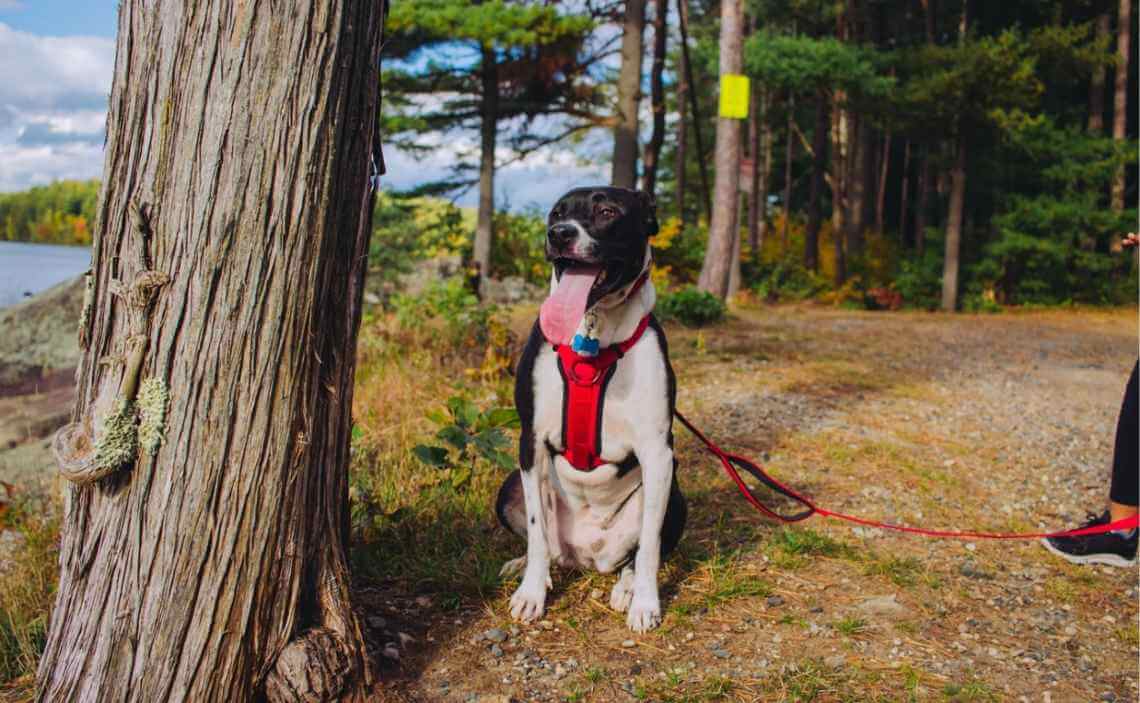
-
Learn about first aid and hypothermia
Make sure you bring a doggy first aid kit. The styptic pencil will stop most minor cuts from bleeding too fast and the dog aspirin is the right dose to prevent stomach ulcers.
Signs of hypothermia include:
- Uncontrolled shivering
- Dilated pupils
- Slow breathing.
If you think your dog is chilled, or may have hypothermia, warm them immediately with a blanket. An emergency blanket may come in your first aid kit, but if not, always bring an emergency mylar thermal blanket with you in the winter. Hypothermia can be severe and even fatal, so don’t mess around if you think your dog might have hypothermia.
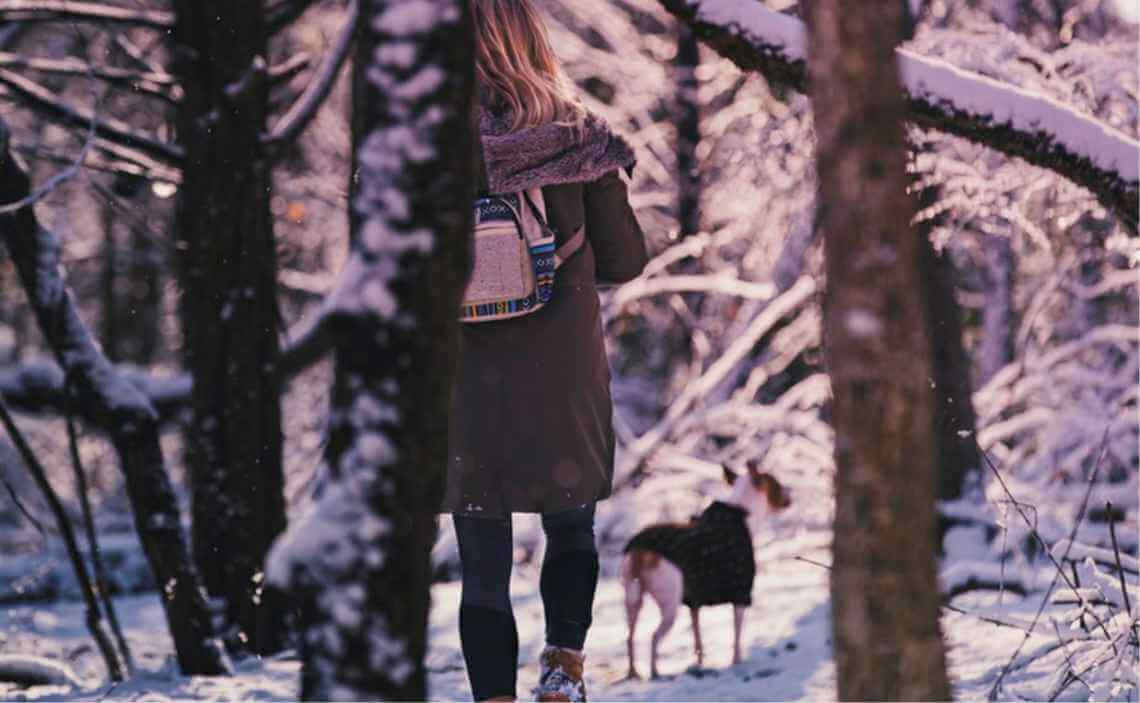
Some dogs absolutely love hiking in the snow, some not so much. Hiking with your dog in the winter when he or she enjoys it – and you are adequately prepared – can be a very fun, rewarding experience. I hope these tips help you enjoy the backcountry around Colorado Springs with more fun, comfort and peace of mind.
Need a place to board your dog over the holidays? Want a safe, fun place for you dog to spend a few hours while you’re busy at work, the gym, shopping or running errands? Call Canine Campus at 719-448-9600 for more information about our trained professional staff, top-notch facility and cutting-edge best practices. We’d love to hear from you!
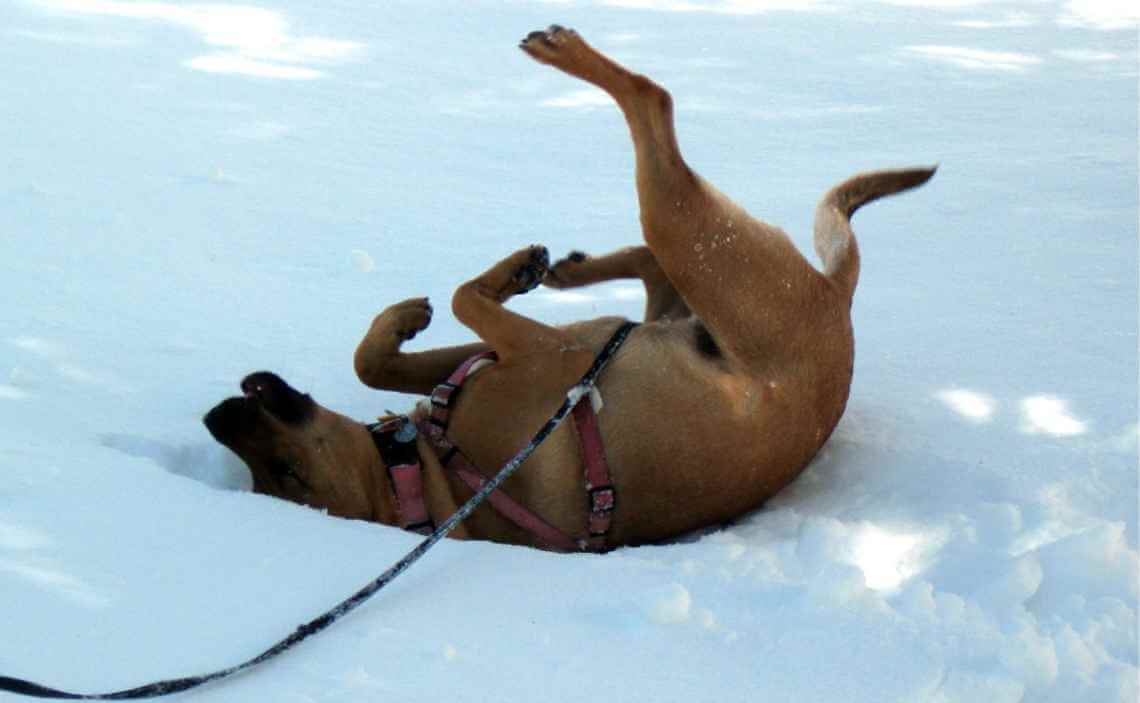
Do you enjoy hiking with your dog in the winter? What is your favorite winter hiking trail? What advice do you have for other dog owners who are considering hiking in winter with their dog?

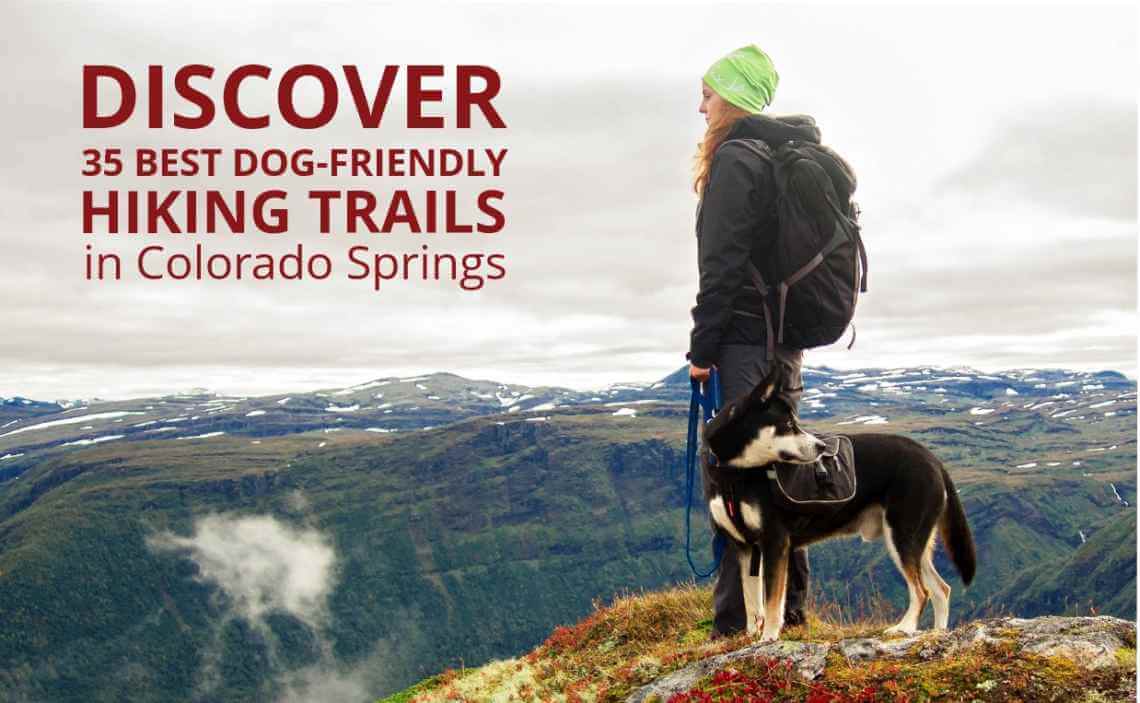












Anoth c er tip is to carry your dog’s treat pouch on your person, instead of in a backpack. By storing it in one of your jacket or pants pockets, your body heat keeps the treats from becoming too rigid to chew. This is highly recommended for most human food as well, unless you enjoy chipping a tooth on your Snickers bar.
Hello there, and thank you very much for providing this informative article. We’re going for a hike in January, and I appreciate all of your suggestions for how to care for a dog while winter hiking, as my Fido will undoubtedly accompany us.
Thank you for stopping by the Canine Campus blog and taking the time to leave a comment! I’m glad you found the information on winter hiking helpful and hope you have a wonderful trip!